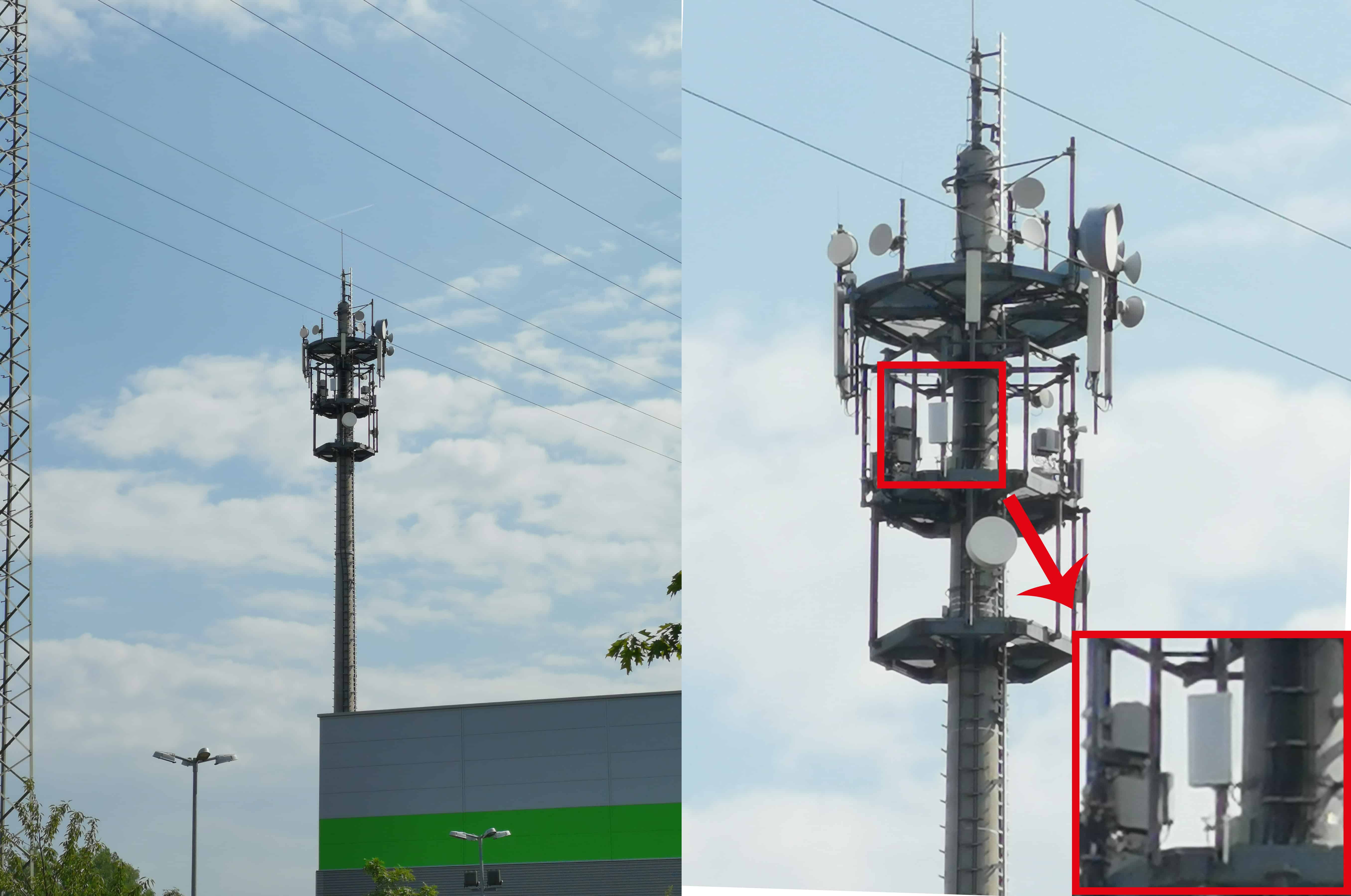If you've ever wandered through a city you might have noticed tiny mini 5G cell towers on the poles of street lights. They look like little boxes, but they're actually broadcasting wireless signals from cellular providers to your mobile.
These smaller towers are replacing larger built cell towers. While they're less noticeable, they still can cause issues for users.
what is a safe distance from a cell tower determine the maximum amount of time one can expose to electromagnetic radiation from wireless devices. The limits for exposure are based on research that prove that electromagnetic energy can cause harm to health.
The specific absorption rate (SAR) is an indicator of the radiofrequency energy absorbed by tissue. It's usually 1.6 milliwatts per kilogram calculated over one Gram of tissue.

However, because 5g transmits at higher frequencies this could be able to cause greater energy intensity on the skin as well as other body parts. This could lead to many possible harms, like the appearance of skin conditions like dermatitis, cataracts, and skin cancer.
Due to the potential for harmful effects of radiation from 5G, PSU has chosen to create a general limits on power density, which is 4mW/cm2 averaged over 1 cm2, and not exceeding 30 minutes for the entire 5G spectrum at 3000 GHz. This localized limit is consistent with the highest SAR that is spatially averaged at 1.6 W/kg, which is averaged over 1 grams of tissues at six GHz.
The FCC's Maximum Exposure Thresholds for Maximum Exposure
If you've ever operated a cell phone, you probably know that a safe range from the tower is around 400 meters. This is because the power of the transmission of the cell tower is significantly increased the further away you are from it.
While it sounds like a good idea but the truth is that people living in close proximity to towers might be more vulnerable to health problems. For instance, a study conducted in 2014 in India discovered that people living within 50 meters of cell towers had significant more health issues than those who were away from the antennas.
This study found that people who moved to areas that were further from cell towers noticed their symptoms improve within a few days. Studies have also shown that exposure to high levels of radiofrequency electromagnetic fields (EMFs) can lead to brain tumors, cancers and other health issues.
This is because RF radiation, which is utilized in wireless communication, can be absorbed by the body's outer layer, the skin. This is important to understand since the skin functions as a barrier to protect against mechanical injury, infection by pathogenic microorganisms, and entry of toxic substances. Additionally, it is the most important organ in the human body, and is responsible for keeping the integrity of the other organs.
The FCC's Minimum Exposure Thresholds for the Minimum Exposure
The FCC's Minimum Exposure Thresholds rely on a variety of assumptions that are not supported by scientific research. This includes the false assumption that short-term exposures to RF radiation are safe due to the limited radiation penetration in the human body (i.e., tissue heating).
This assumption does not take into account the more extensive penetration of ELF components of modulated RF signals, as well as the consequences on the body of short bursts generated by RF waves that are pulsed. what is a safe distance from a 5g cell tower are not in line with current knowledge of the biological consequences of RF radiation. As such they should not be relied upon for health-protection exposure guidelines.
Furthermore to that, ICNIRP and FCC restrict their radiation limits for local peak SARs that are based on the maximum frequency of absorption (psSAR) which is an inadequate dosimetric tool for determining the level of exposure to RF radiation. Particularly https://telegra.ph/Are-usually-safest-distance-from-your-5G-cell-Structure-04-29-3 is inconclusive when frequencies exceed 6 GHz. Additionally, psSAR hasn't been evaluated for RF radiation with co-exposure to other environmental agents such like sunlight. Interactions of RF radiation with other environmental agents may cause synergistic or antagonistic effects. This could result in an increased risk of negative health adverse effects. For example, co-exposure to RF radiation and sunlight could cause an increase in the incidence of skin cancer and exacerbate other skin diseases such as acne.
